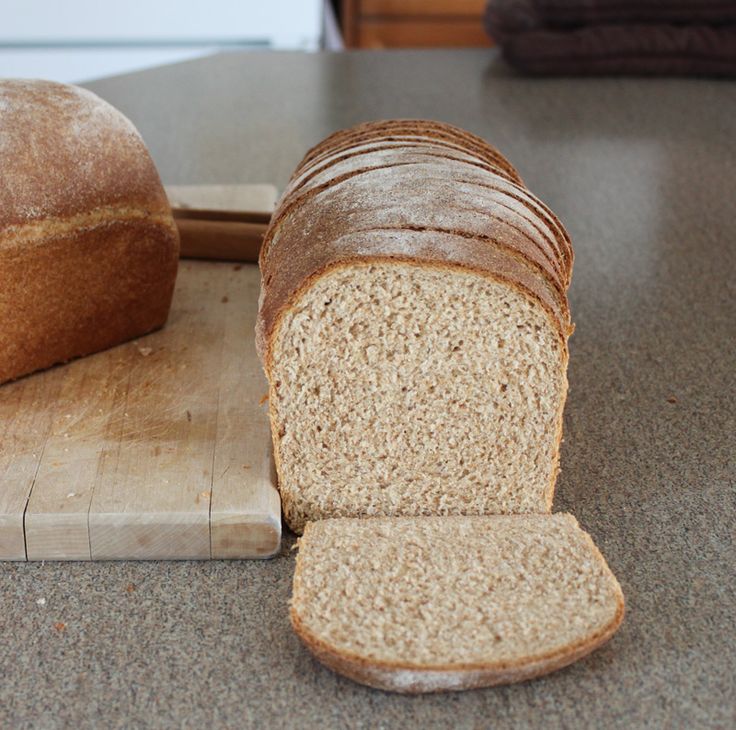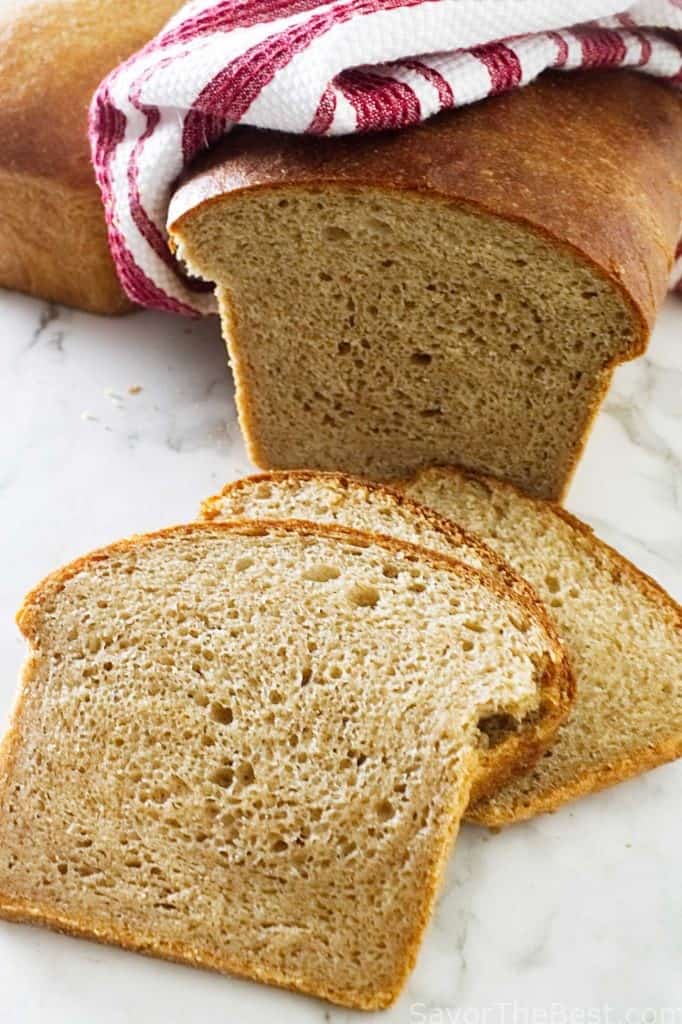Discover the Wholesome Goodness of Whole Wheat Buttermilk Bread
Whole wheat buttermilk bread is a nutritious and flavorful option for those seeking a wholesome alternative to traditional white bread. Combining the nuttiness of whole wheat flour with the tanginess of buttermilk, this bread boasts a rich texture and delightful taste that pairs perfectly with a variety of toppings and spreads. Let's explore the world of whole wheat buttermilk bread and discover its many benefits.
The Ingredients of Whole Wheat Buttermilk Bread
Creating a loaf of whole wheat buttermilk bread requires a handful of simple ingredients:
- Whole Wheat Flour: Provides fiber, vitamins, and minerals, giving the bread a hearty texture and nutty flavor.
- Buttermilk: Adds moisture and a tangy taste to the bread while also helping to activate the leavening agents.
- Yeast: Responsible for the bread's rise, creating a light and airy texture.
- Honey or Sugar: Adds sweetness and helps feed the yeast for optimal rise.
- Salt: Enhances the flavor of the bread and regulates yeast activity.
- Butter or Oil: Contributes to the bread's softness and richness.

whole wheat buttermilk bread
The Process of Making Whole Wheat Buttermilk Bread
Baking a loaf of whole wheat buttermilk bread is a straightforward process:
- Activate the Yeast: Dissolve the yeast in warm water with a pinch of sugar and let it sit until foamy.
- Mix the Dough: In a large mixing bowl, combine the whole wheat flour, buttermilk, honey or sugar, salt, and activated yeast mixture.
- Knead the Dough: Turn the dough out onto a floured surface and knead until smooth and elastic, adding more flour if necessary.
- First Rise: Place the dough in a greased bowl, cover with a clean kitchen towel, and let it rise in a warm, draft-free place until doubled in size.
- Shape the Loaf: Punch down the risen dough, shape it into a loaf, and place it in a greased loaf pan.
- Second Rise: Cover the loaf pan with a towel and let the dough rise again until it reaches the top of the pan.
- Bake: Preheat the oven, then bake the bread until golden brown and hollow-sounding when tapped on the bottom.
- Cool: Remove the bread from the oven and let it cool in the pan for a few minutes before transferring it to a wire rack to cool completely.
The Benefits of Whole Wheat Buttermilk Bread
Whole wheat buttermilk bread offers numerous health benefits:
- Rich in Fiber: Whole wheat flour is high in fiber, which aids digestion and promotes a feeling of fullness.
- Nutrient-Rich: Contains essential nutrients like vitamins, minerals, and antioxidants, supporting overall health and well-being.
- Lower in Refined Carbs: Compared to white bread, whole wheat bread has a lower glycemic index, making it a better choice for blood sugar control.
- Heart-Healthy: The fiber and nutrients in whole wheat flour may help reduce the risk of heart disease and improve cholesterol levels.

whole wheat buttermilk bread
Ways to Enjoy Whole Wheat Buttermilk Bread
There are countless ways to enjoy whole wheat buttermilk bread:
- Toast: Enjoy a slice of toasted bread with your favorite spread, such as butter, jam, or avocado.
- Sandwiches: Use slices of whole wheat buttermilk bread to make sandwiches filled with your favorite meats, cheeses, and veggies.
- French Toast: Turn slices of bread into decadent French toast by dipping them in a mixture of eggs, milk, and cinnamon before frying.
- Croutons: Cube stale bread and bake until crispy to make homemade croutons for salads or soups.
Conclusion
In conclusion, whole wheat buttermilk bread is a delicious and nutritious option for those looking to incorporate more whole grains into their diet. With its rich flavor, hearty texture, and numerous health benefits, this bread is sure to become a staple in your kitchen. Whether enjoyed fresh out of the oven or toasted with your favorite toppings, whole wheat buttermilk bread is a versatile and satisfying choice for any meal.